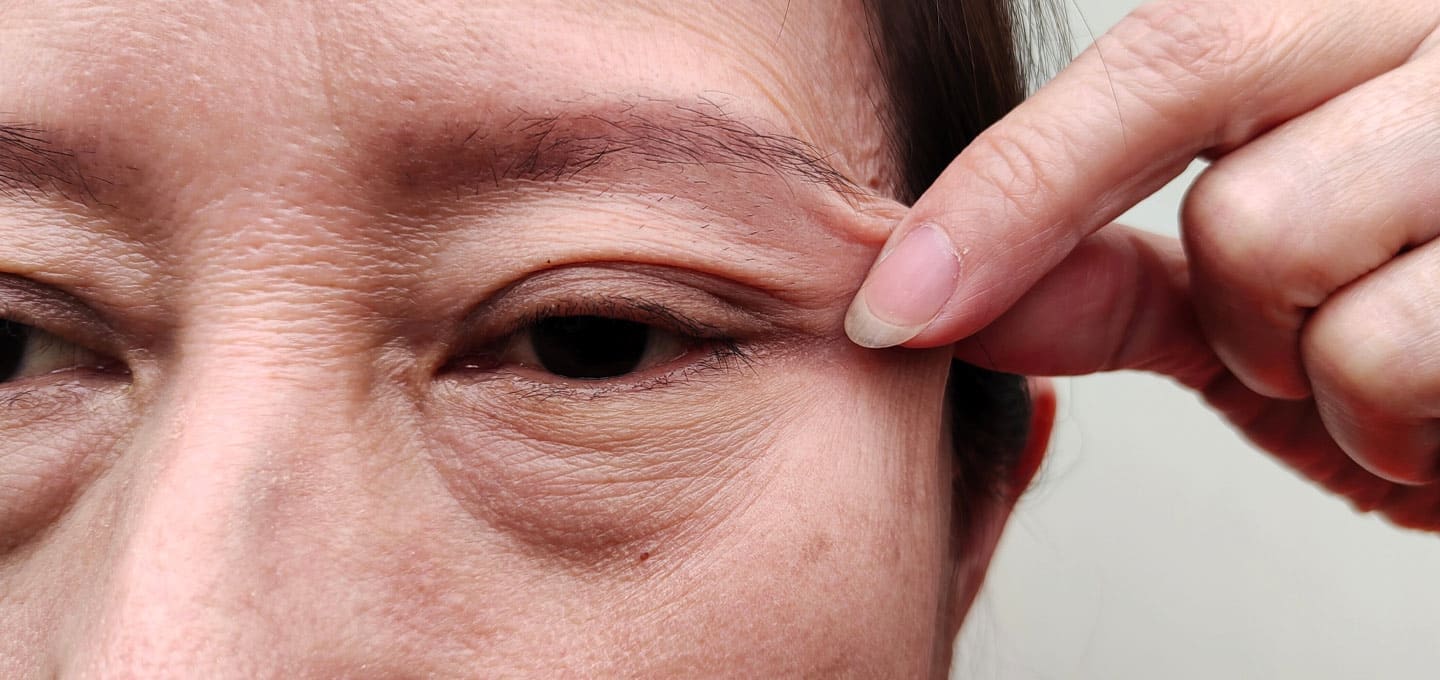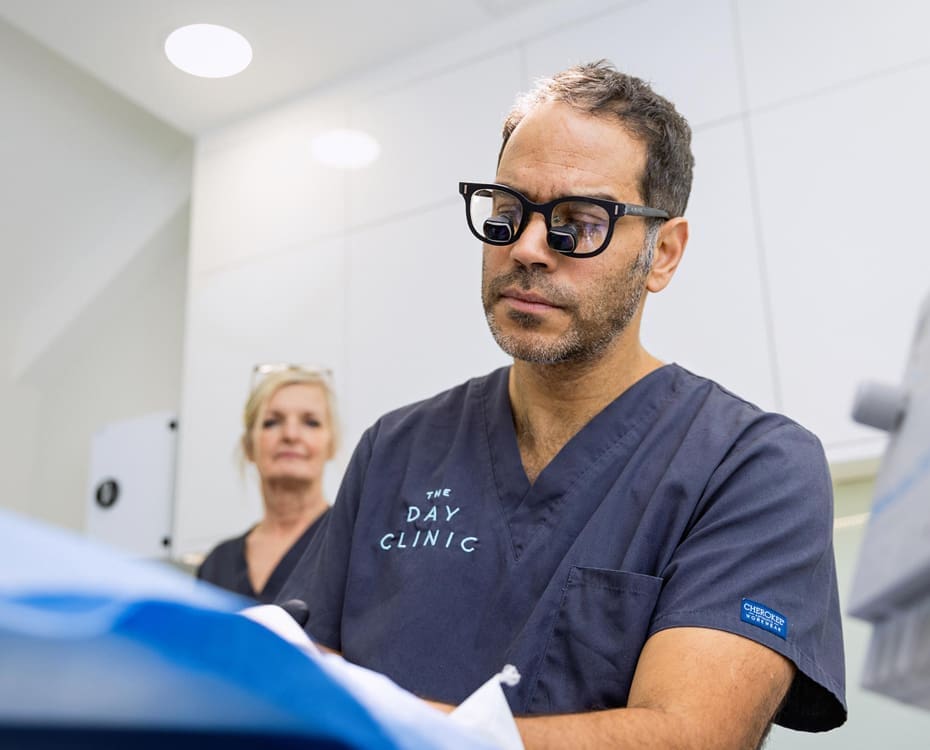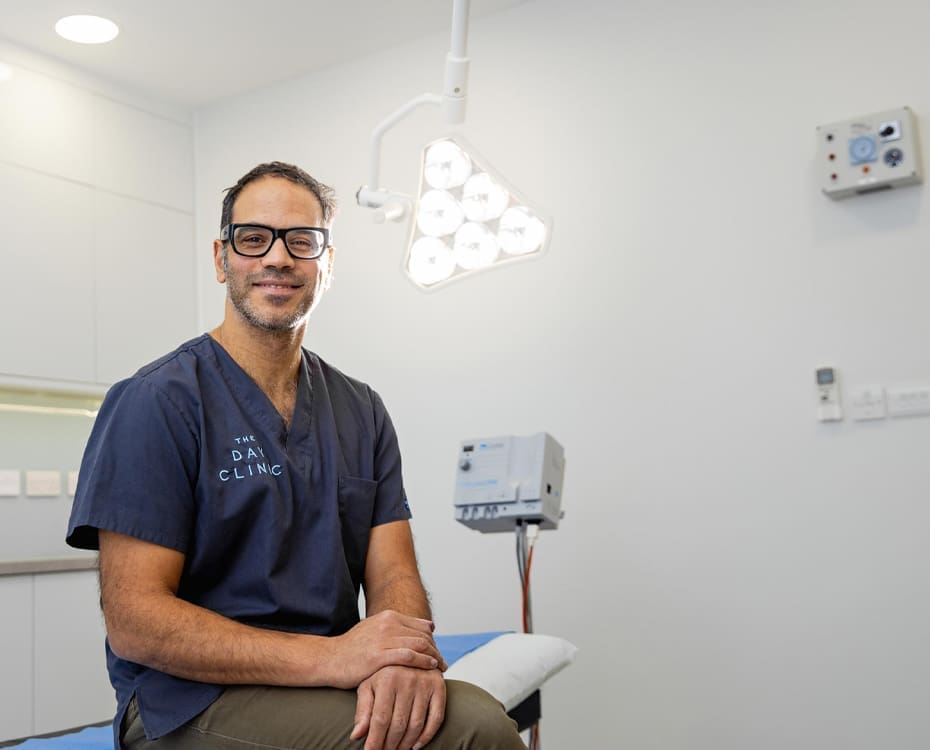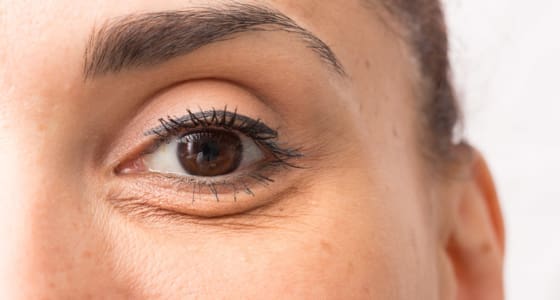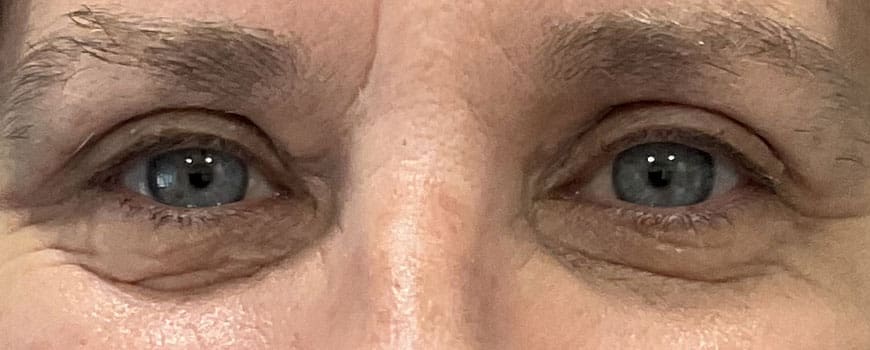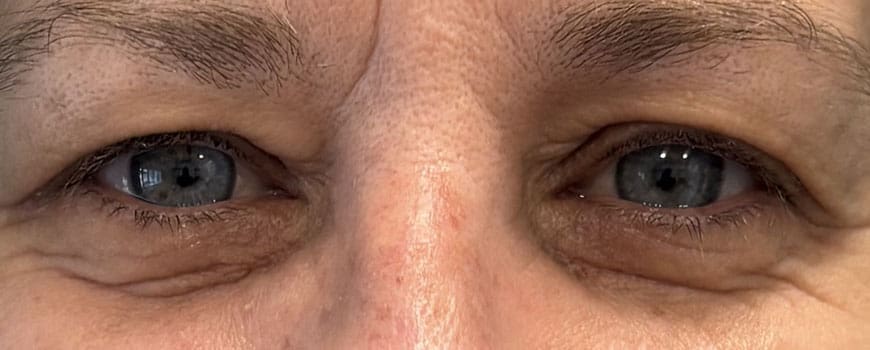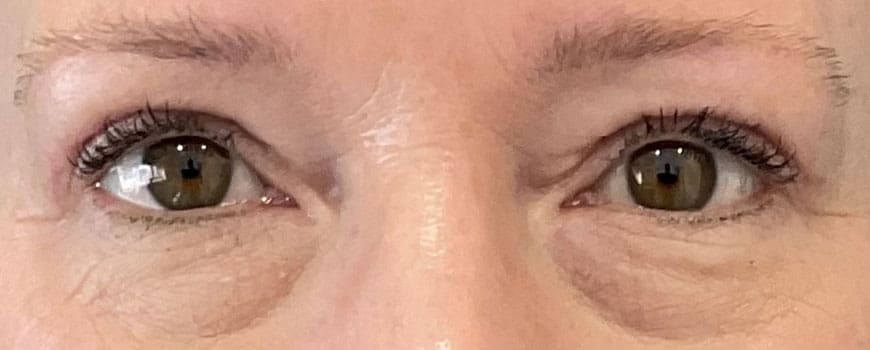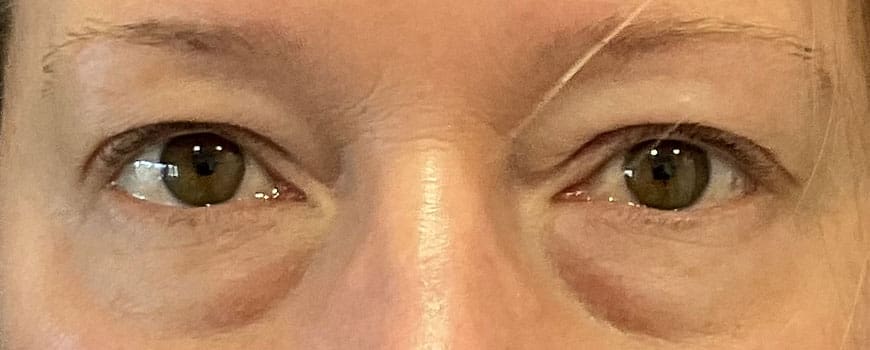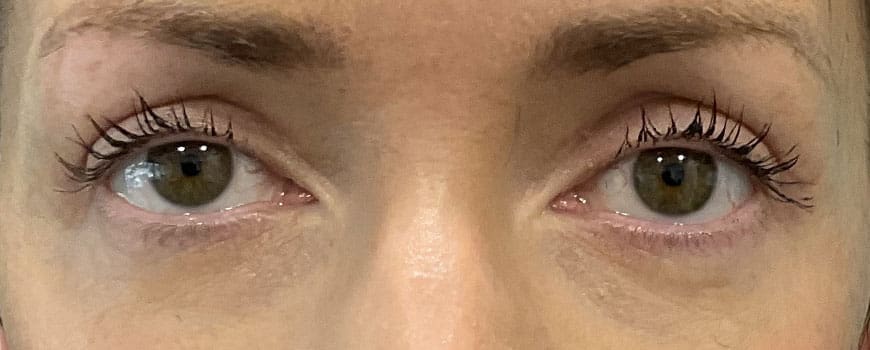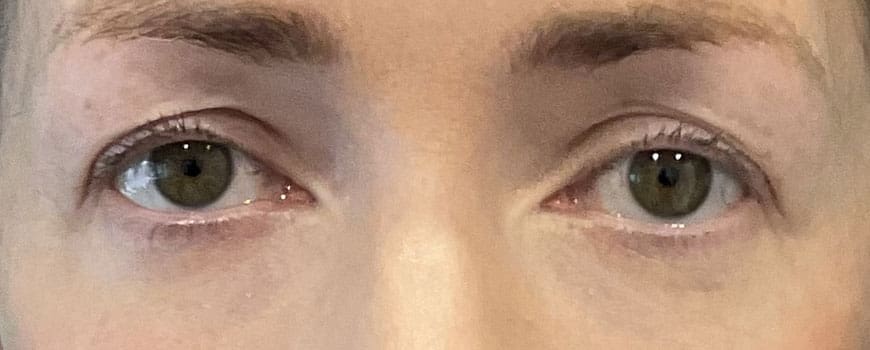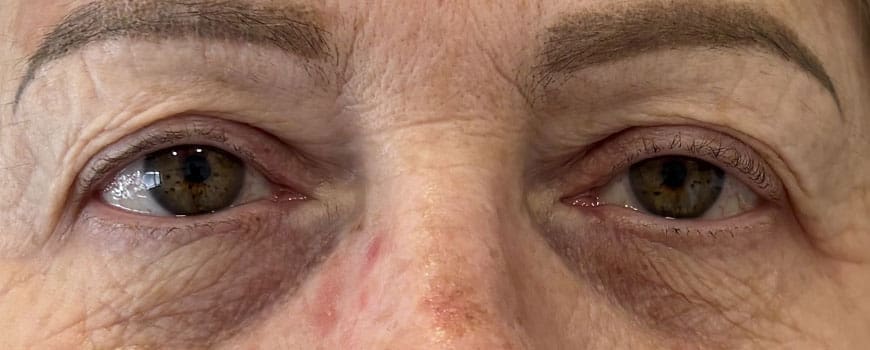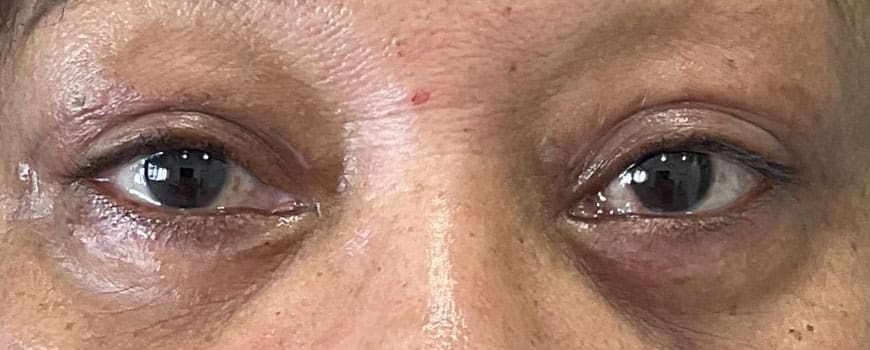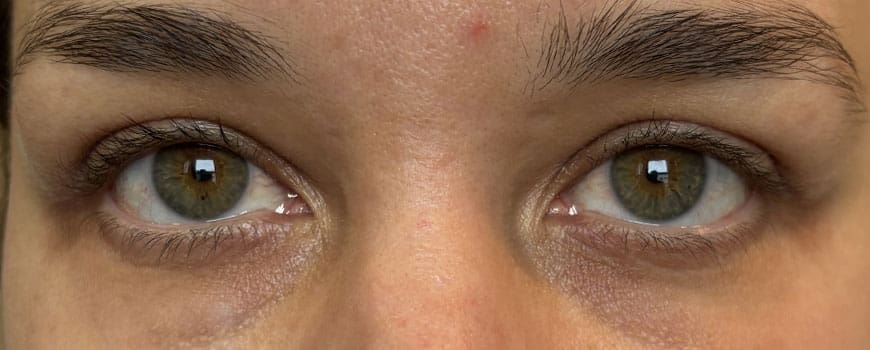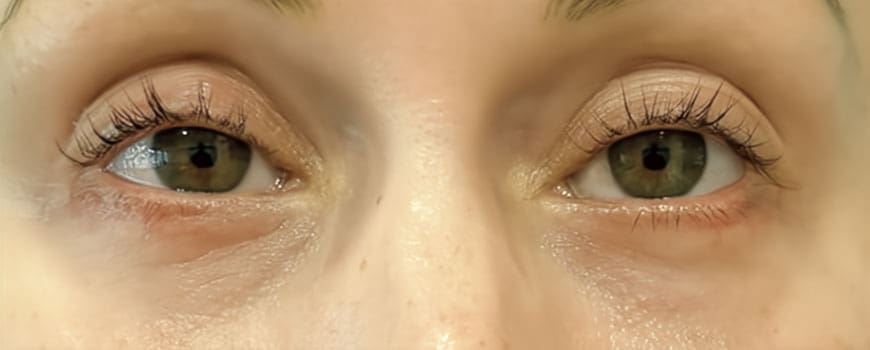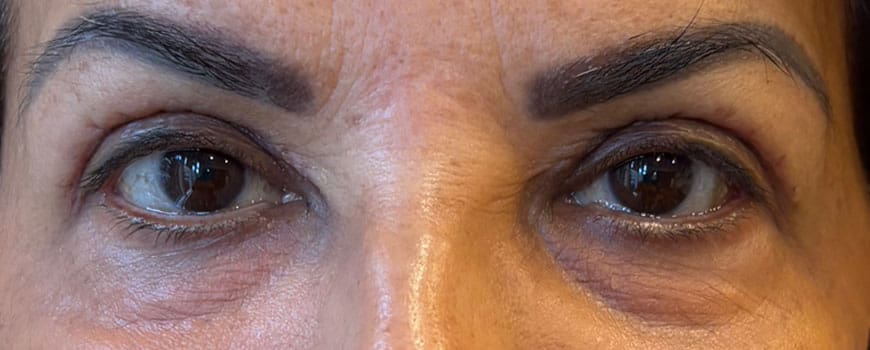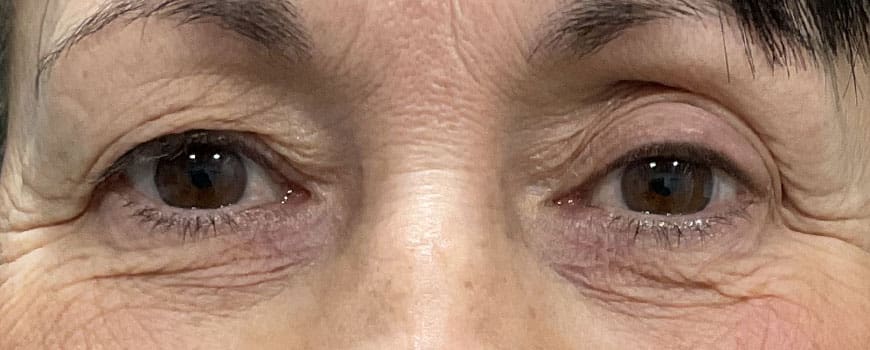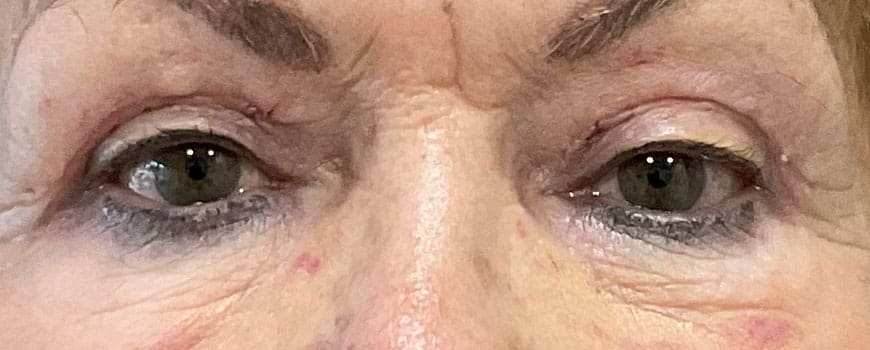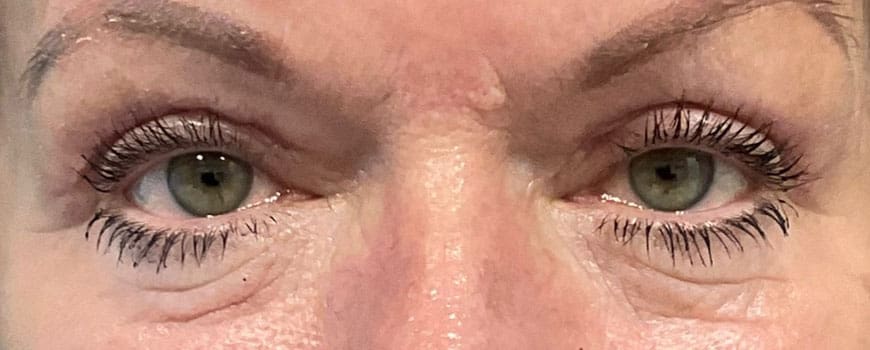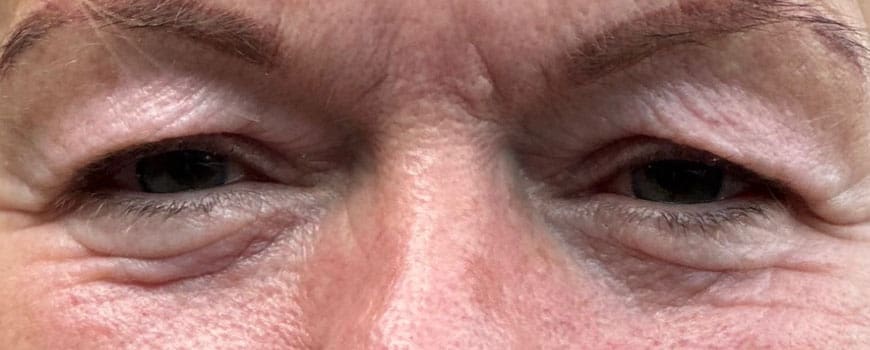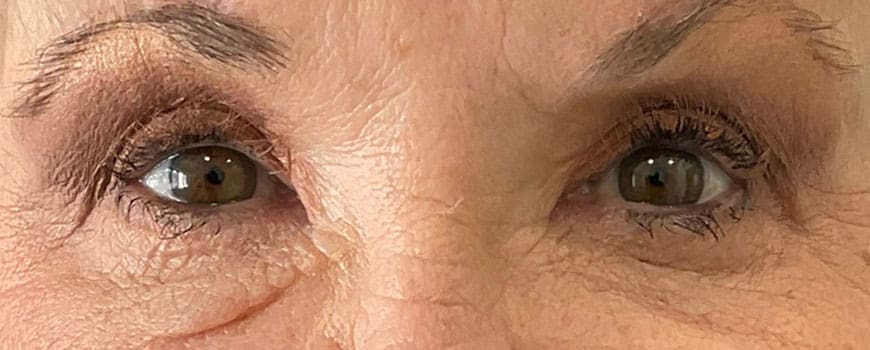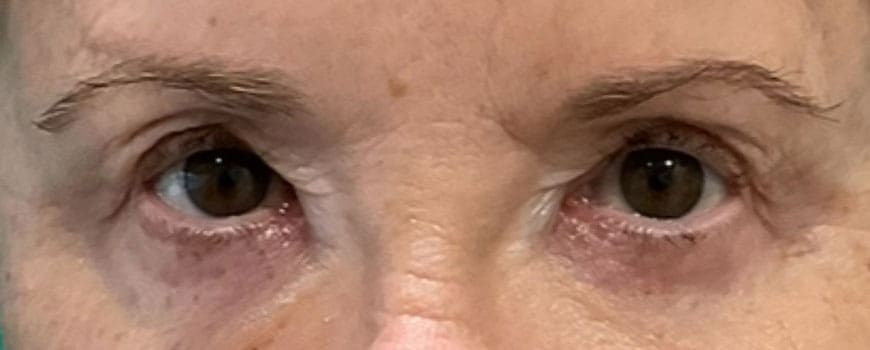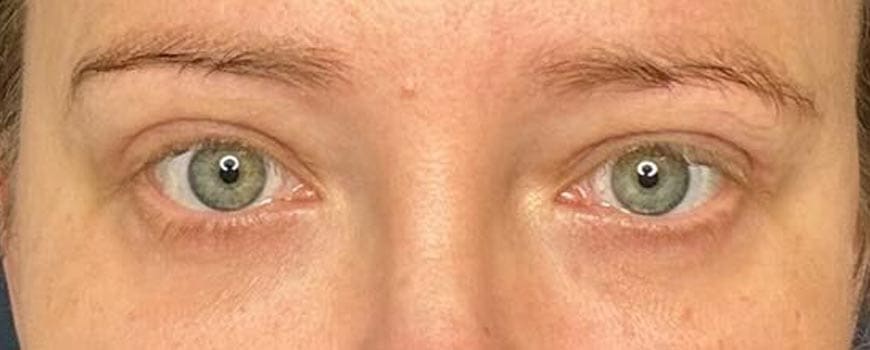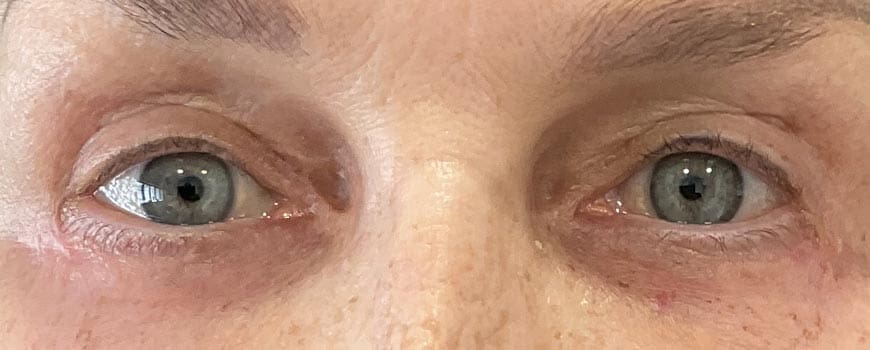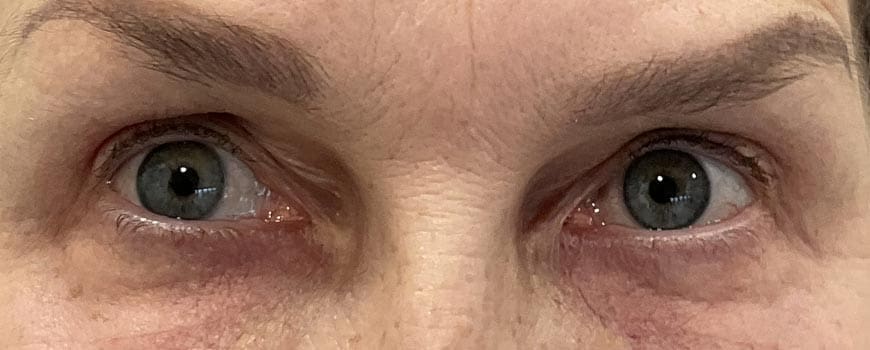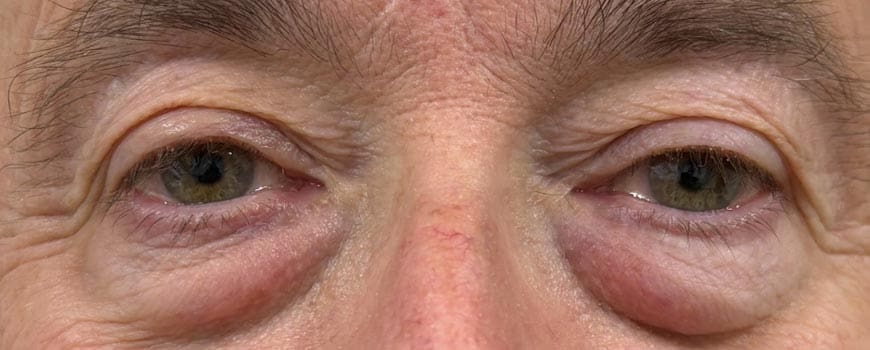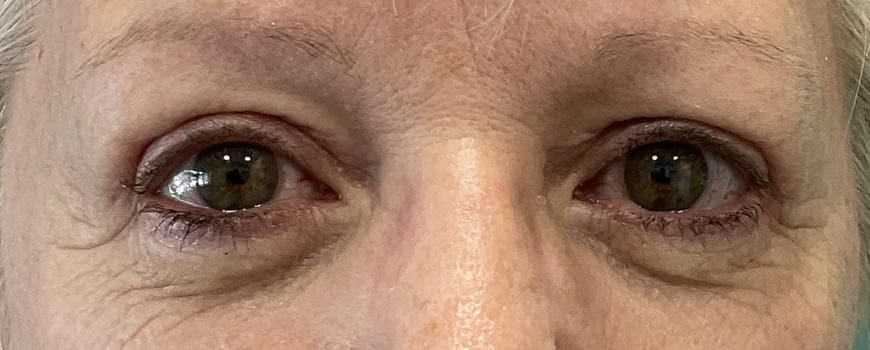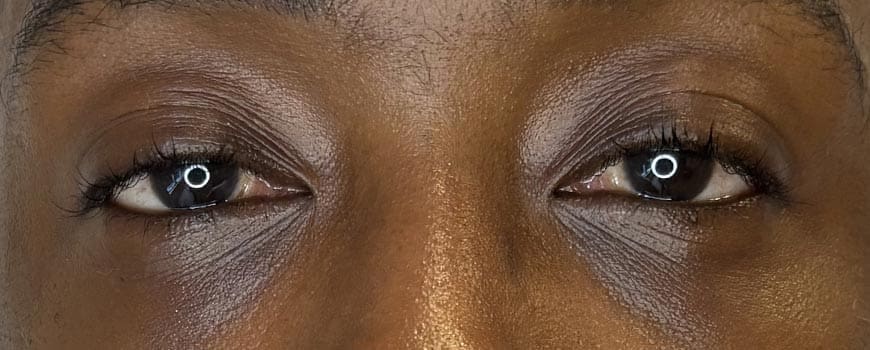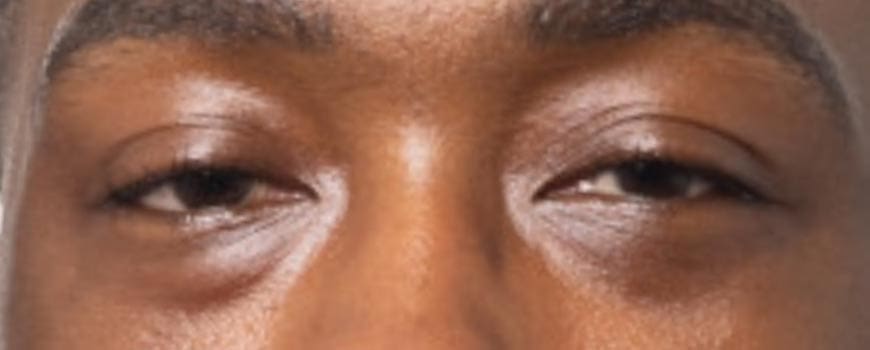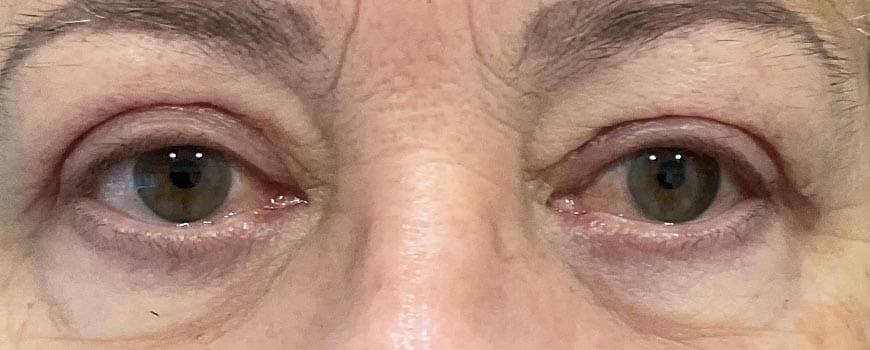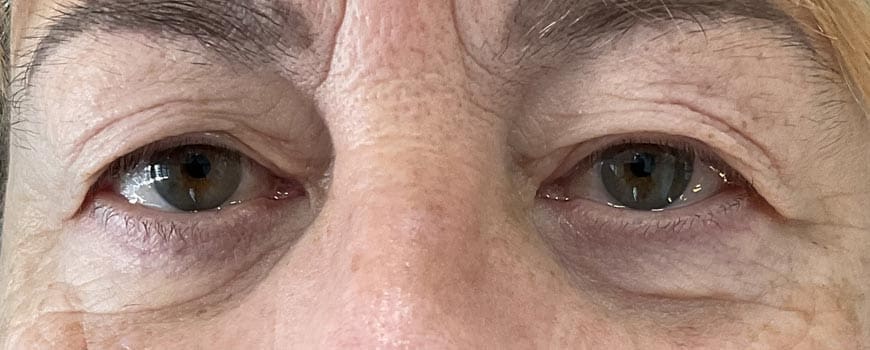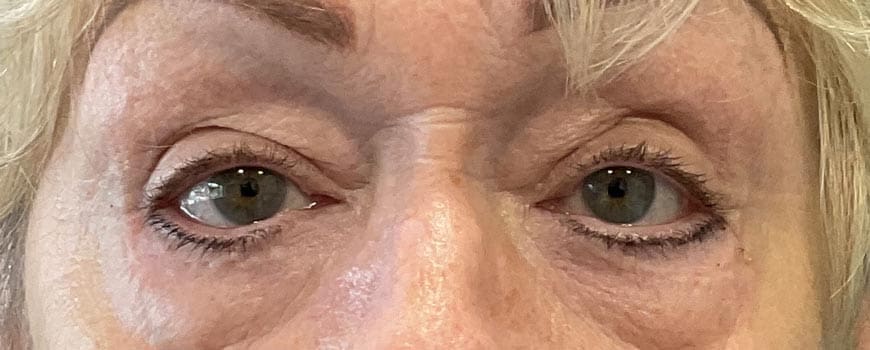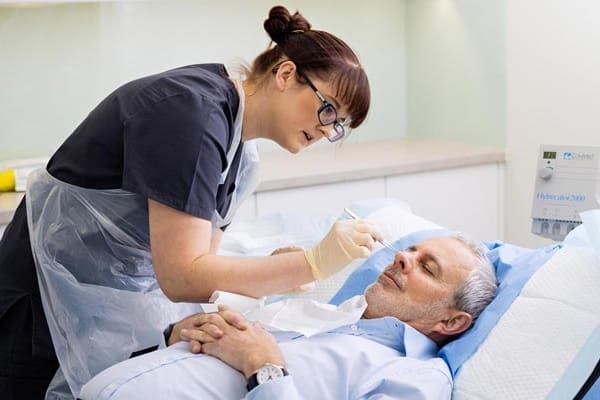The main goals of blepharoplasty are to:
1. Reduce drooping or sagging eyelid skin: As we age, the skin around the eyes may become loose and start to droop, which can make a person appear tired or older than they actually are. Blepharoplasty can remove the excess skin, resulting in a more youthful and refreshed appearance.
2. Eliminate puffiness or bags under the eyes: Some individuals develop fatty deposits or bags under their eyes, giving them a tired or puffy look. These can be addressed during lower eyelid blepharoplasty, where the excess fat is removed or repositioned to create a smoother under-eye contour.
3. Improve vision: In some cases, sagging upper eyelid skin can obstruct the field of vision, impairing eyesight. Blepharoplasty can remove the excess skin, allowing for improved peripheral vision and a clearer line of sight.
Blepharoplasty can provide long-lasting results, but it does not stop the natural aging process. However, the procedure can significantly rejuvenate the appearance of the eyelids and improve self-confidence.
